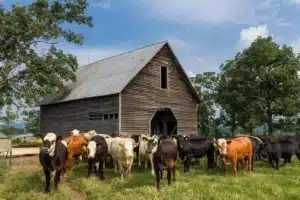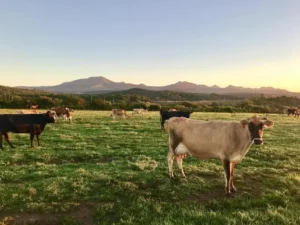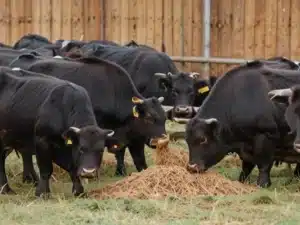What Do Wagyu Cows Eat? Wagyu Cattle Diet

Wagyu cows are known for their tender and unique taste of meat. The most important factor that brings that juicy flavor to meat is their diet. So, it turns on the curiosity about their diet. What should be fed to these cows that enriches the flavor of beef? Like any other grass-fed animals the main source of the wagyu diet is mostly based on grass and other forages providing the essential nutrients. Let’s further deep dive into their diet and different farming techniques.
Time to Time Gene Enhancements of Wagyu Cows
Wagyu’s genetic line may be found in an amazing 35,000 years. Originally bred for strength and endurance, these cattle were first used as draft animals for agricultural needs.
The Wagyu we know now came from a deliberate breeding program started in the late 19th century. Japanese farmers crossbred local cattle with imported breeds from Europe and Korea to help the breed evolve.
- Pure Wagyu: Though considerable attempts are made to conserve purebred Japanese cattle, most Wagyu meat originates from crossbred animals.
- Kobe Beef: It is the highly sought-after Wagyu meat from certain parts of Japan that follows rigorous quality criteria.
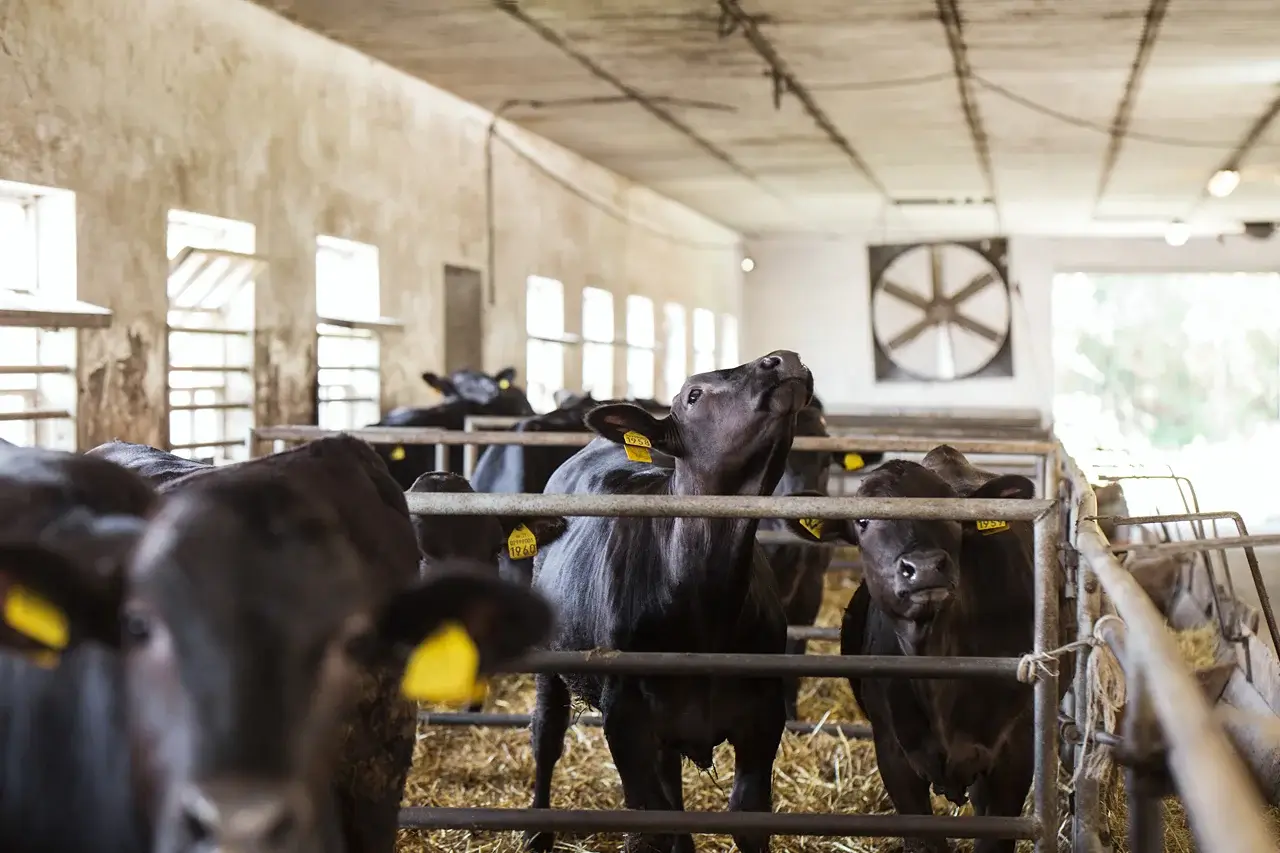
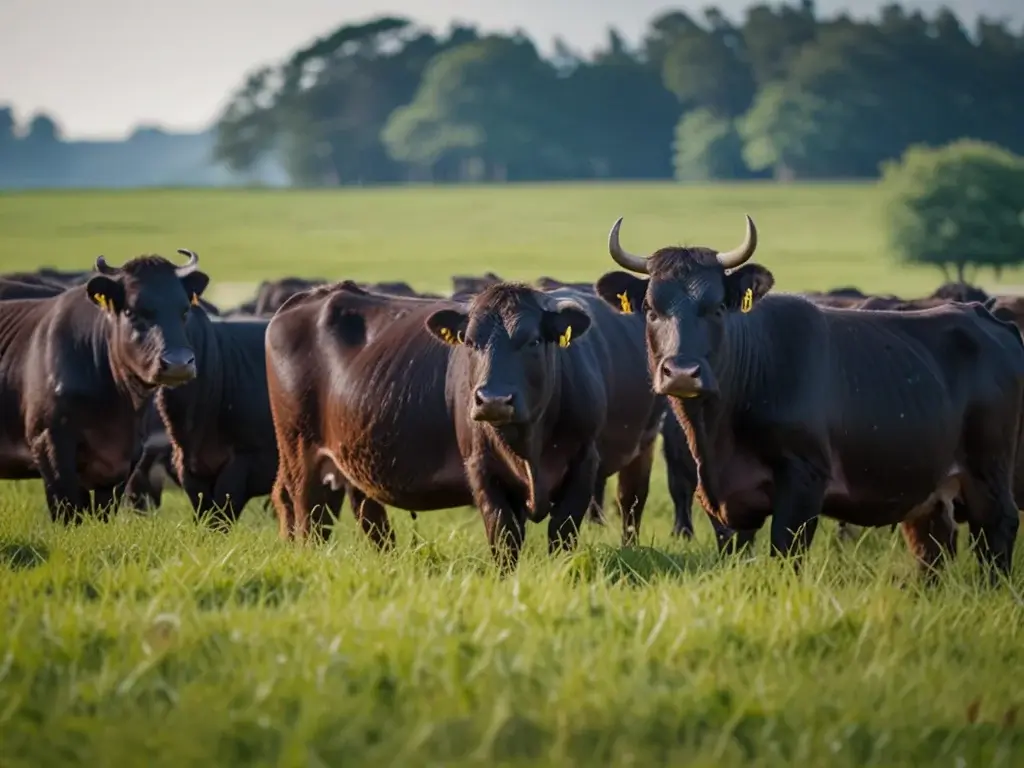

What Makes Wagyu Beef Unique?
Wagyu beef’s great quality is well known, mostly due to its amazing marbling. Wagyu is distinguished by its complex network of intramuscular fat, equally scattered across the flesh. The fat melts when cooking giving the steak unmatched softness and a rich, buttery taste. Beyond marbling, Wagyu’s exceptional flavor and texture are mostly dependent on its unique genes.
Selective breeding over millennia has sharpened the breed’s capacity for producing great degrees of marbling. Wagyu cattle are also usually provided a specialized diet to maximize fat deposition and flavor development and are grown in stress-free surroundings. These elements help Wagyu’s reputation as one of the juicy meats which gives an amazing eating experience.
Various Breeds of Wagyu Cows
These are the main wagyu breeds:
- The most often used and easily identifiable kind of Wagyu is Japanese Black (Kuroge Wagyu). Its marbling and suppleness are renowned.
- Often called Red Wagyu, Japanese Brown (Akaushi) is a breed with a leaner profile than Black Wagyu but still has excellent marbling and flavor.
- Japanese Shorthorn breed distinguished by short horns which is less frequent yet visually striking .
- Japanese polled is like the Shorthorn but without horns.

Wagyu Cattle Diet
What Do Wagyu Cows Eat? It seems like a simple question but we will go deep in every grass, grain, etc they eat with its benefits.
Grass Based Food
Wagyu cattle spend much of their early lives grazing on a range of grasses, however, they are commonly finished on a grain-based diet to attain maximum marbling. The area the cattle are grown in will affect the particular kinds of grass that are available. Wagyu cattle may, however, eat several typical grasses including:
Fescue
It is readily found in many areas, as a cool-season grass. Fescue is a consistent feed supply during a drought as its extensive root structure lets it acquire water in dry circumstances. Many fescue kinds show resistance to common plant diseases, therefore lowering the likelihood of crop loss.
The high fiber concentration of fescue is well-known. It is a great fodder for cattle as this distinguishes it from many other grasses.
- In digestion, aids
- enhances rumen health
- provides a consistent energy supply

Clover
Clover is well-known for its high protein count, nevertheless. This makes it a great supplement to cattle and other ruminant diets in particular. Excellent in protein, clover is necessary for milk production, muscle development, and general animal health. Generally speaking, cows find clover to be rather tasty, which promotes intake.
Ryegrass
Another cool-season grass is sometimes used in pasture mixtures. Rapid development and great yield make ryegrass highly valued. This adaptable grass finds use in many grazing systems. Its power is in its fast development instead of a single component and in its harmony of nutrients like protein and fiber.
Bermuda Grass
Warm-season grass is well-known for its durability and capacity to flourish in hot, dry conditions.
- Although not as great as certain legumes, it provides a fair quantity, particularly in young, fast-developing bodies.
- For ruminant digestion, Bermuda grass is quite high in fiber.
- Essential minerals like calcium, phosphorous, and magnesium abound in it.
Alfalfa: The Queen of Forages
Alfalfa’s great nutritional worth makes it often referred to as the “queen of forages”. Although technically a legume, it’s often incorporated in pasture mixtures and offers premium nutrients.
- With much more protein than other grasses, Alfalfa is a protein powerhouse. For general health, milk output, and cattle development, this is very vital.
- Essential elements like calcium, phosphorous, and magnesium—all of which are vital for bone health and other body processes are abundant in Alfalfa.
Grain Based Food
Usually, a grain-based finishing diet is used to get Wagyu beef’s ideal degree of marbling and flavor.
- Corn: A mainstay of many livestock diets, maize offers vital minerals and great energy. It is high in energy, mostly supplying carbs for rapid release of power.
- Barley: Another often-used grain is barley, which provides a decent mix of protein and calories. It provides the necessary mix of protein and energy for muscle development and upkeep.

- Soybeans: Often utilized in soybean meal form, soybeans provide a concentrated supply of protein. It is mostly a source of proteins, necessary for the development and healing of tissues.
- Wheat: Though less often than wheat and barley, wheat may be included in the diet for extra calories and minerals. Like barley, it provides a combination of protein and calories.
- Oats: Occasionally included in the grain combination, oats provide a decent supply of additional nutrients like fiber. It provides a decent mix of fiber, protein, and calories that helps digestion.
Other Supplements
Although Wagyu cattle’s basic diet is grass and grain, several supplements and additions are used to maximize their health, development, and meat quality.
- Vitamins and Minerals: Common additions to guarantee a balanced diet include important minerals and vitamins. Along with minerals such as calcium, phosphorous, and zinc, this covers vitamins A, D, E, and K.
- Amino Acids: Some amino acids, the building blocks of protein, might be supplied to help muscle development and growth.
- Probiotics: Sometimes the diet includes probiotics to help intestinal health and increase feed efficiency.
- Antibiotics: While their use becomes increasingly limited, antibiotics might be recommended to treat certain medical conditions or stop disease outbreaks.
- Ionophores: These feed supplements support rumen health and increase feed efficiency.
- Buffers: Especially with high-grain feeding, buffers such as sodium bicarbonate may help to maintain rumen pH and avoid acidosis.
- Yeast Cultures: These enhance rumen function and help to increase feed digestion.
- Bloat Preventatives: Poloxalene and other products may help avoid bloat, particularly if one is grazing on legumes.
How Does Diet Affect the Wagyu Beef Quality?
Wagyu beef quality is largely affected by diet. Rich taste and lean muscular growth are laid by a diet based on grass. Grain-finishing, therefore, is essential for achieving the desired marbling, which explains Wagyu’s delicacy and great flavor. Muscle building depends on protein, obtained from both grass and grain. Marbling calls for fat, mostly from grains.
Carbohydrates provide fat deposition and weight growth energy. Often included are supplements and additives to maximize nutrition, thereby guaranteeing the cow gets the necessary minerals, vitamins, and digestive support. The harmonic interaction of these elements helps to explain the remarkable flavor and texture of Wagyu beef.
Specific Nutrients: Their Part in Meat Flavor
- Protein is vital for muscular development and growth which is found in both grass and grain.
- Fat comes mostly from the grain-finishing step which is essential for marbling.
- Carbohydrates provide the cow the energy she needs to promote weight increase and fat deposition.
What are the Diet Techniques Used By Different Countries?
Originally mostly grass-finished, Japanese Wagyu cattle produced leaner meat with a unique, delicate taste. This method fits the inclination of society towards subdued tastes. However, the growing worldwide demand for very marbled beef has caused a shift towards grain-finishing techniques even in Japan. To encourage quick weight growth and enhanced marbling, this entails giving cattle a high-concentrate diet mostly consisting of maize, soybeans, and other grains.
By contrast, nations with plenty of land resources like Australia often use large pasture-based systems for Wagyu cattle. Although grass-finishing is still somewhat common, grain-finishing is increasingly becoming more and more popular in order to meet the needs of a premium market. Depending on things like pasture quality, feed prices, and desired beef qualities, the particular ratio of grass to grain in these diets may vary greatly across farms.
For beef production, the United States has mostly embraced a grain-finished approach incorporating Wagyu cattle. The most often utilized grain in feedlots is maize, which helps to produce high marbling scores and fast weight increases. Still, there is increasing interest in alternate feeding techniques like grass-finished foods to satisfy customers looking for diverse taste sensations and manufacturing techniques.
Conclusion
Excellent Wagyu beef requires a mix of grass-finishing and grain-finishing, careful attention to feed quality, supplements, and animal health, all of which affect each other. The particular elements of these techniques might be different, which emphasizes the need for customized strategies and professional advice for obtaining the best outcomes.
The main goal is to provide beef that not only satisfies customer flavor and tenderness but also fits ethical and environmentally friendly methods of production. So, the tasty dishes you enjoy are the result of well growned wagyu beef.
FAQs
What Do Wagyu Cattle Eat?
Usually beginning their lives on grass and other forages, wagyu cattle Often finishing on a grain-based diet, which usually consists of maize, barley, and soybeans, they are aiming for the ideal marbling. The taste and texture of beef depend much on the balance and quality of the diet.
How is Wagyu Beef Graded?
Grade Wagyu beef according to marbling, meat color, hardness, and texture among other criteria. The most identifiable is the Japanese grading system, the BMS (Beef Marbling Standard). It runs from 1 to 12; 12 is the maximum degree of marbling.
What is Wagyu Beef?
One kind of beef cow coming from Japan is Wagyu beef. Wagyu beef’s remarkable marbling of the intramuscular fat that gives it its unique softness, juiciness, and rich flavor is well known.
Why is Wagyu Beef So Expensive?
Wagyu beef’s premium cost comes from a number of factors. Developing the breed’s outstanding marbling a process requiring a lot of time and money has been made possible in great part by intensive breeding operations. Moreover, the specific, grain-based diet required for best marbling adds to increased production costs. Wagyu cattle have a slow growth rate relative to other breeds, therefore lengthening the producing period. At last, the restricted Wagyu beef supply in relation to great demand causes market prices to rise.
Recent Post

Is Raising Wagyu Beef Profitable? Facts and Figures
Is Raising Wagyu Beef Profitable? Facts and Figures In the high-stakes world of cattle farming, Wagyu beef stands as the
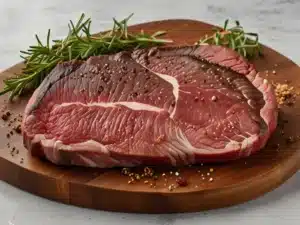
What Does Dry Aging Do? Dry Aged Steak vs Regular
What Does Dry Aging Do? Dry Aged Steak vs Regular Picture this: You’re seated at a high-end steakhouse, perusing the

Is PrimeRib the Same as Ribeye? Prime Rib vs Ribeye
Is PrimeRib the Same as Ribeye? Prime Rib vs Ribeye When it comes to premium beef cuts, two names stick
